Jean-Philippe Haure’s Technique.
By Richard Horstman
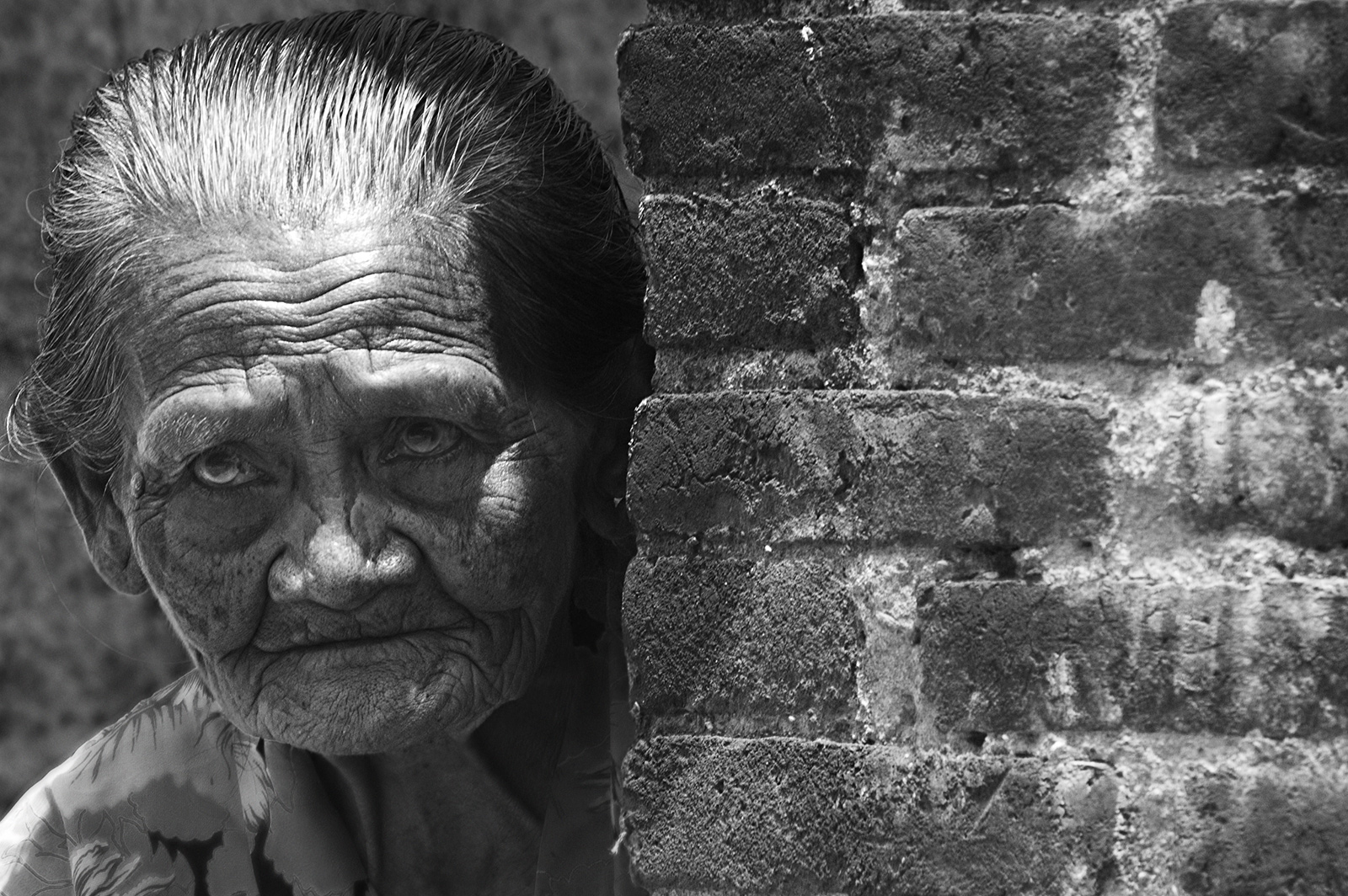
Jean-Philippe Haure’s artistic technique is his unique interpretation of light. His purpose as an artist is to observe, and witness the many splendid facets of life, in particular the Balinese culture. From this observation and the ingestion of information arises a distinct response. One of his gifts is his intuition, which prompts his decision-making and guides him, step-by-step, to create timeless and magnificent works of art.
“There is a sensitive interrelationship and balance between myself and nature, which generates individual outcomes. I carefully prepare my working environment and let nature take control,” he states.
The material
Haure’s artistic technique begins with photography. Passionate about capturing images of distinct beauty, he has been practising photography for over 30 years. This method allows him to take the first steps in creating the pictures that come to life within his imagination. Haure works with various Balinese models. Some of the models he seeks out intentionally, others maybe characters that coincidently appear in his life.

When the opportunity arises, Haure will take many photographs. When the models are relaxed; he preserves moments of innocence and beauty. Haure’s strength is his capacity for patience and to wait for the moment when a particular aspect of their personality is revealed.
Photography is the process of compiling the essential research material that Haure then studies on his computer to discover compositional possibilities.

The abstraction
When Haure finally has an appropriate image in his mind’s eye, the painting process of applying colour washes to the paper may begin. “When I see something organically occurring that is of interest, I focus upon this and try to emphasize or enhance it. The most important thing is not to destroy it,” Haure states.
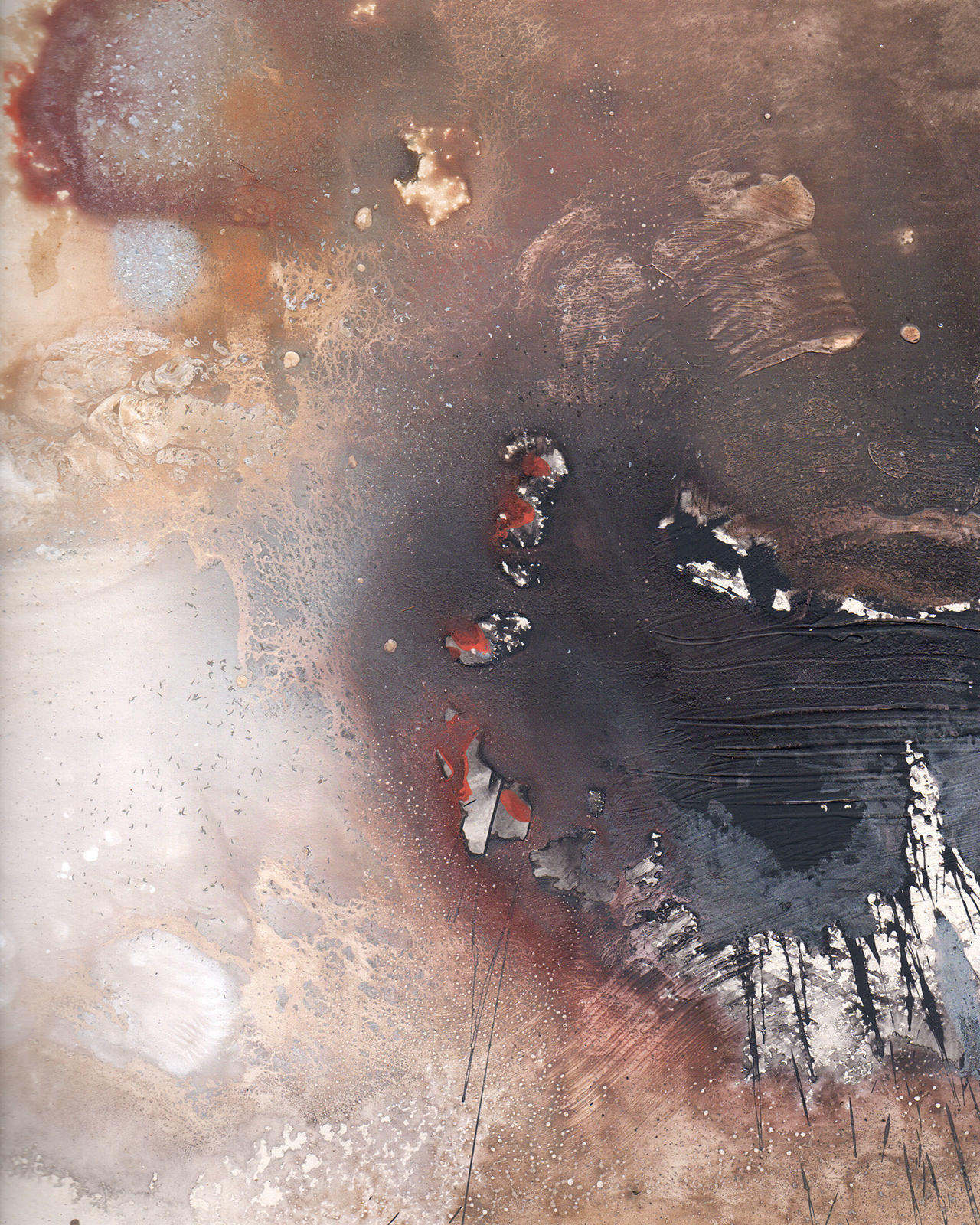
Trusting in the process is a learned discipline that requires a laser-sharp focus—Haure’s remarkable sensitivity functions as his guide. “There are times I wish to impose my will upon what I witness unfolding before my eyes. My ego says I am the artist – I am in control,” he exclaims. “Yet when you consent to this, you interfere.”
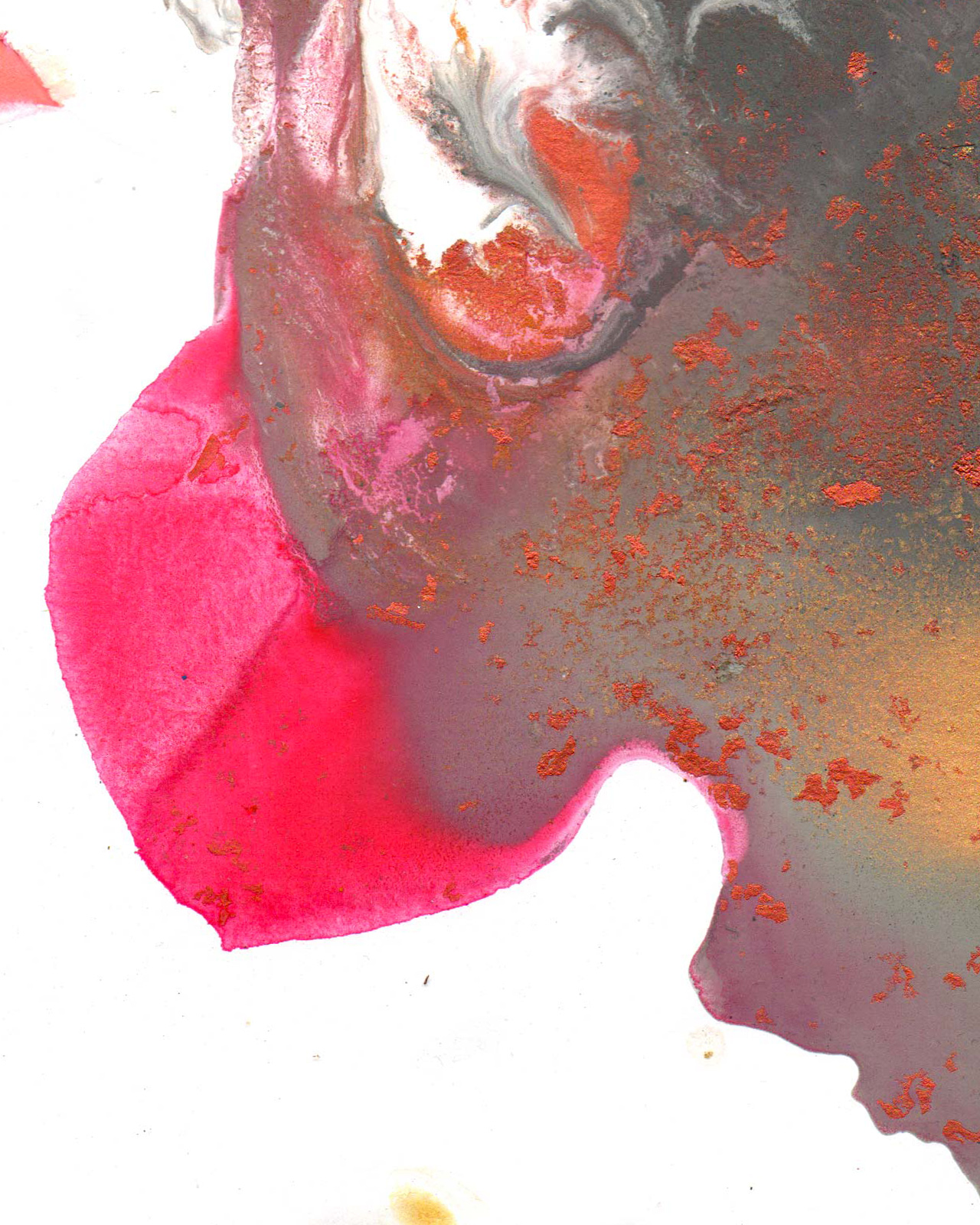
Haure works upon an unusual table he designed and built, which permits him to manipulate and tilt the surface of the paper in three-dimensions. This allows the natural forces of gravity to influence the direction and flow of the wash during the process. The subtle movements of the table impact upon the structure of the wash, creating various coloured dots, runs and fascinating abstract forms.
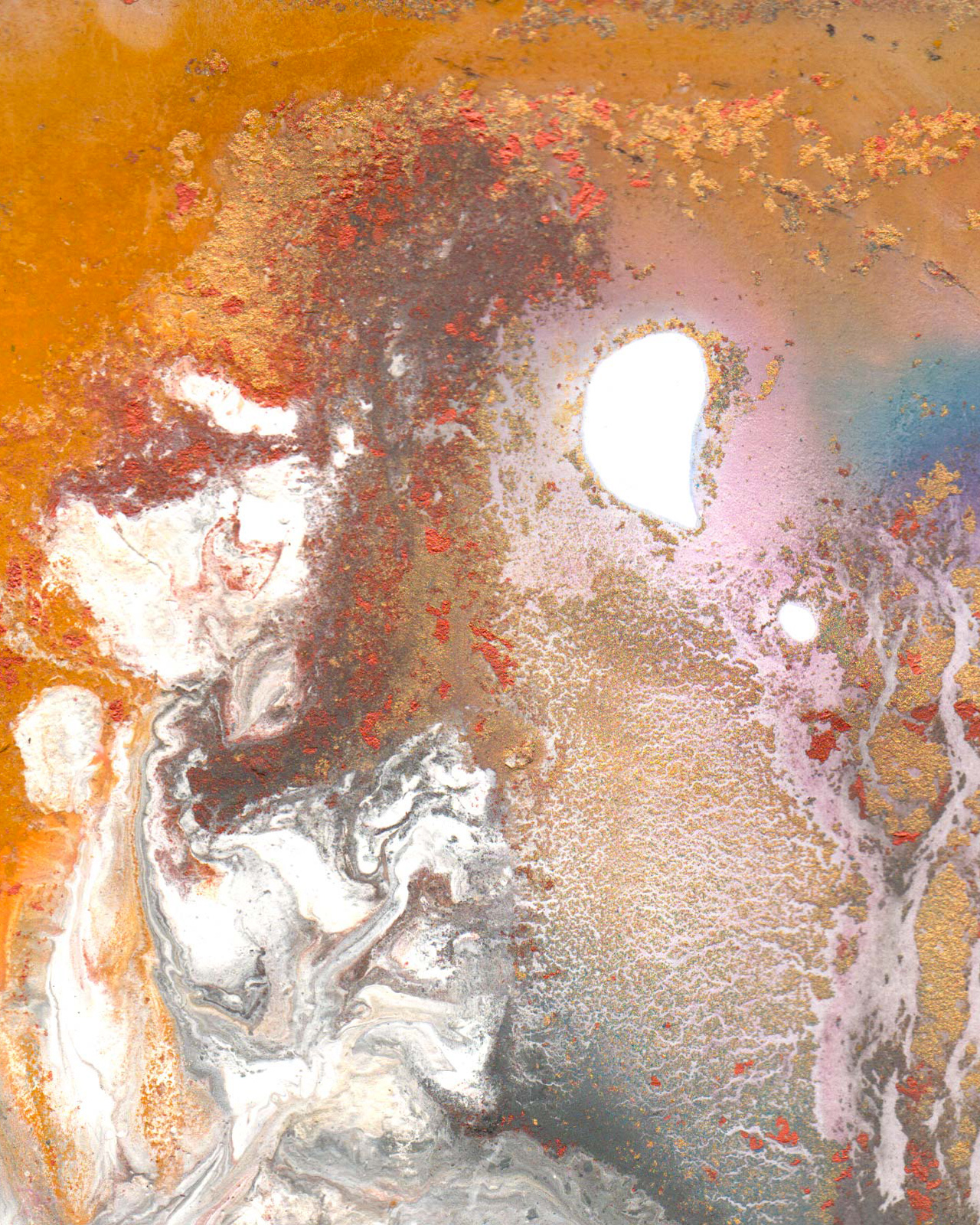
During the process, Haure responds intuitively by tilting the table to encourage the flow of the wash. He may also add other colours to enhance the aesthetic results. By manipulating the table, he generates unique circumstances that enhance and nurture colour and light.
The marriage
When Haure is satisfied with the foundation wash, he begins drawing the composition of the models onto the paper with watercolour pencils. Working without studies, he starts by outlining the main structures of the design. He builds the small details and motifs on the clothes, for example, to create the ambience and the sense of movement within the picture.
The face of the subject is the very last part of the image that he will attempt. Haure’s challenge is to balance the composition so that all of the motifs and the faces are cohesive.
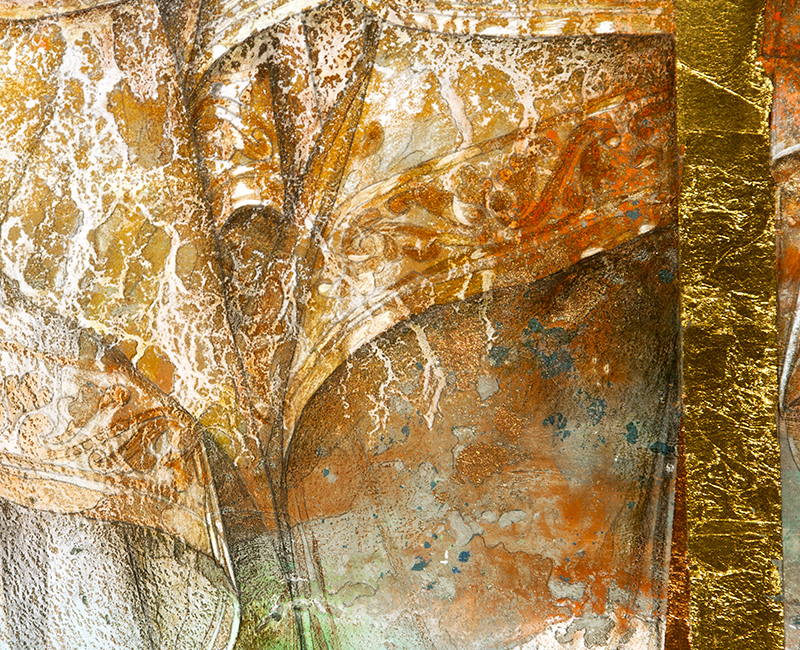
The drawing process requires enormous patience and is a distinct method because it is done on a sheet of paper already filled with colours and abstract visual information. A few lines depicting the structure of the model will determine its position on the coloured background. By working on this outline with coloured pencil, pastel and graphite, changing the colours, adding hatching and creating contrasts, little by little the figure will appear. There is a delicate marriage between figuration and abstraction, background and form, reality and emotion.
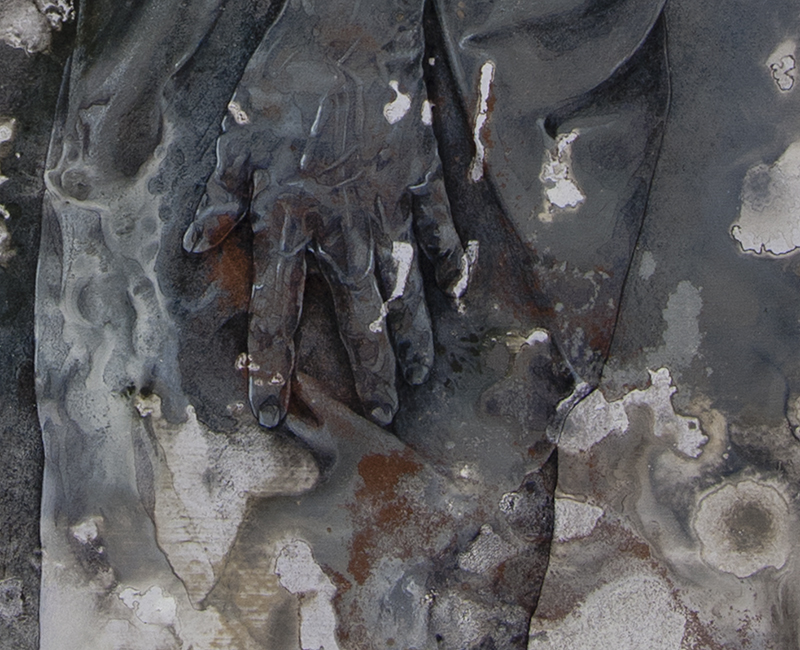
“What a pleasure it is to draw on such a richly coloured sheet of paper. This process is vastly different from working upon a white sheet of paper," says Jean-Philippe. “Yet it is also a battle.”

At times the figure doesn’t want to appear correctly for him, distorted by the interaction with the abstract background. It has to be corrected, using all the technical resources of Haure’s experience. Sometimes, however, the figure appears in just a few strokes - as if it was already there in advance.
Satisfied with this part of the process, Jean-Philippe then looks, looks and looks again at the form. This process can last several weeks. Each time, however, he observes with new eyes. He then finds a correction to be made, a contrast to be changed or a line of light to be added.
And then finally the balance is stabilized and achieved. There are no more obstacles to the perfect marriage of the drawing and wash, the colours and material, the abstraction and realism. The painting comes to life.








